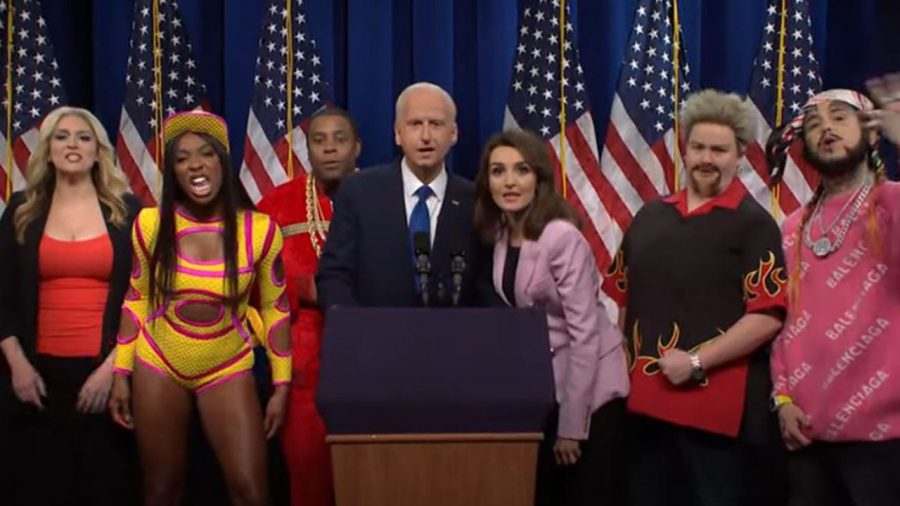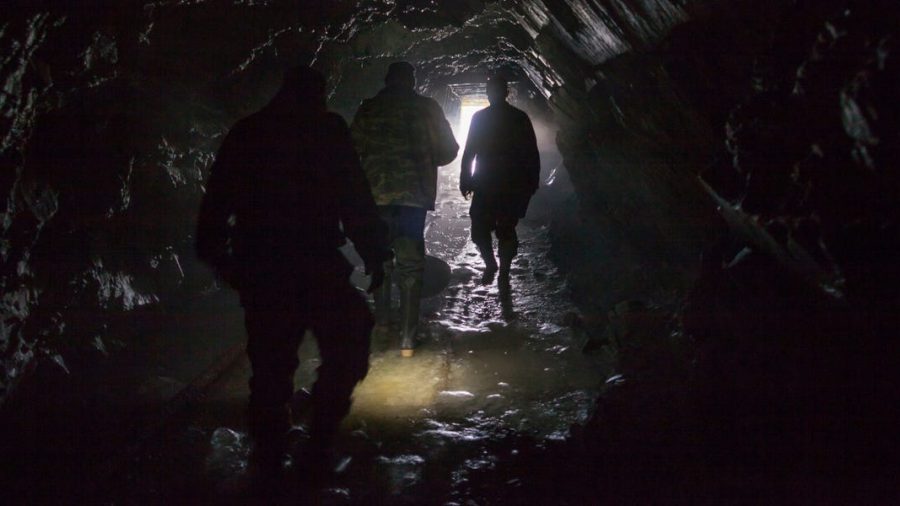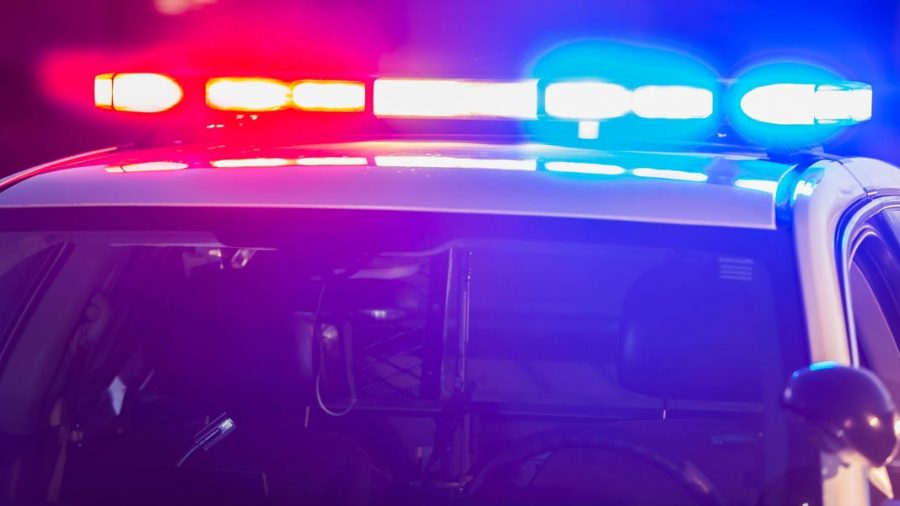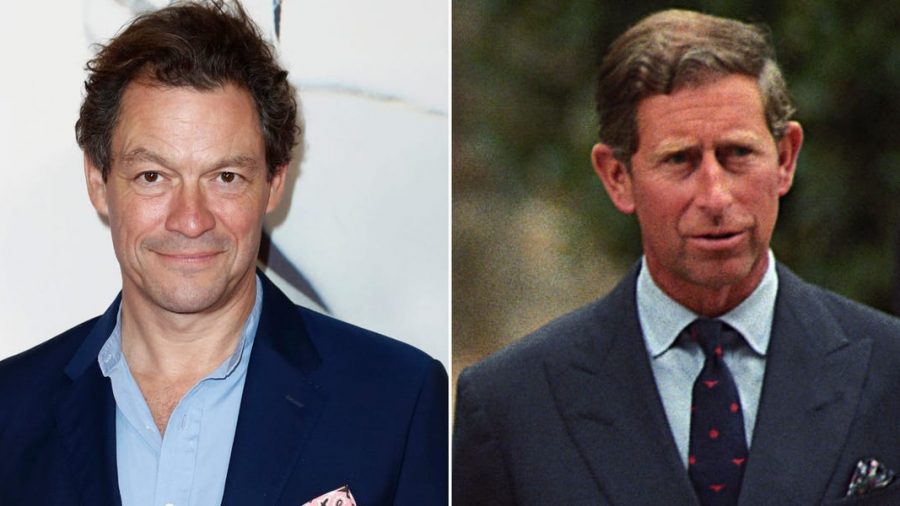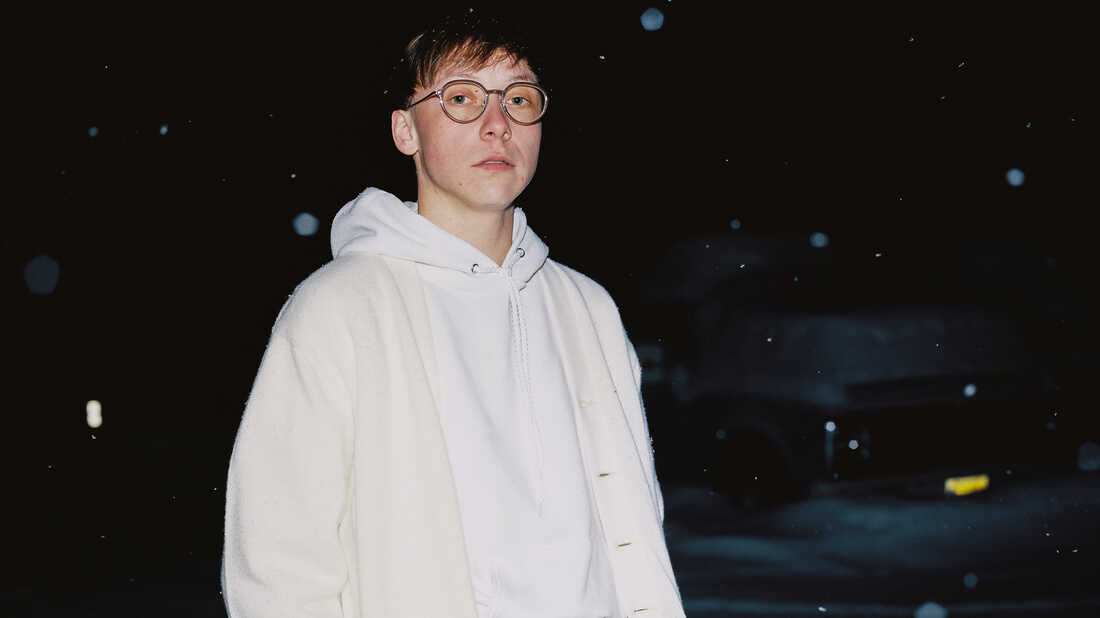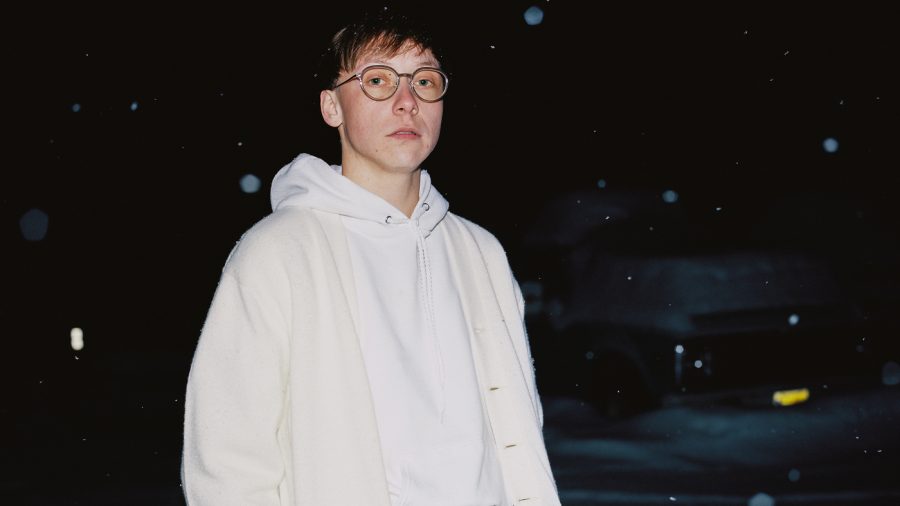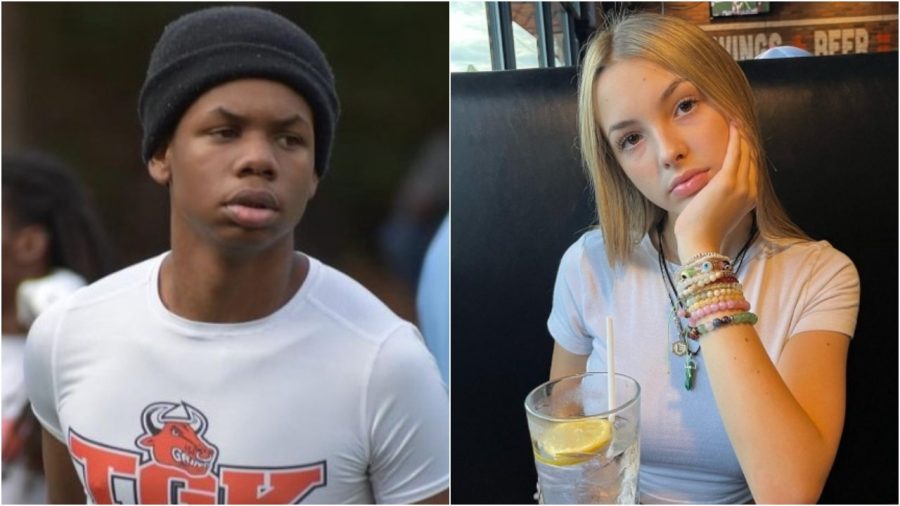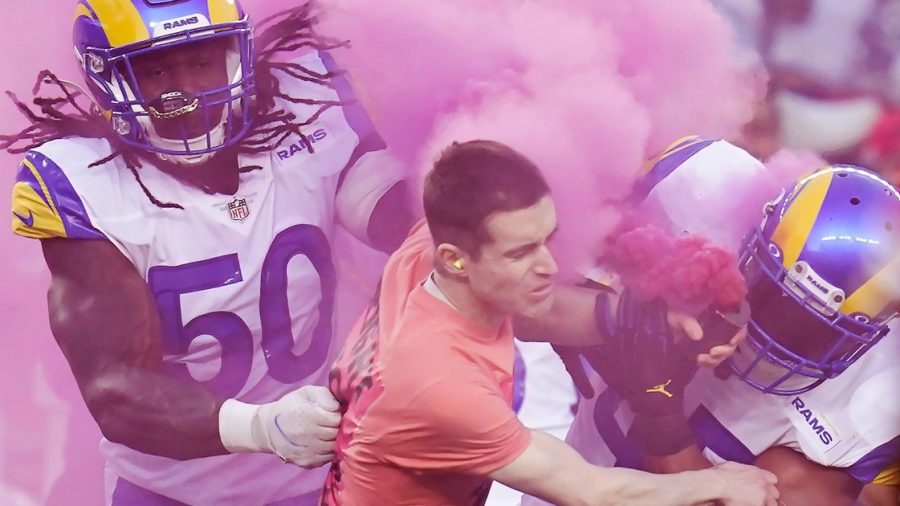The Virginia executive house is now open to the public for the first time in more than two years. On Friday, public tours including artwork, silver, and rugs to tell the history of the nation’s oldest continuously occupied governor’s home resumed.
Visitors won’t be escorted to a building next to the mansion where slaves previously slept and worked, albeit this is a change from the multiyear effort that attempted to convey a more thorough history of the mansion. Additionally, during two Friday trips, the docents made no mention of slavery.
The majority of significant building projects during eras including the state Capitol and the White House used slave labor. Although the mansion’s architecture hasn’t been extensively studied, it is certain that slaves lived and worked there for more than 50 years.
First lady Suzanne Youngkin, who oversaw the makeover of the mansion’s artwork, claimed in a brief interview on Friday that the former slave residence didn’t comply with the Americans with Disabilities Act. A virtual tour that includes the former slave home and provides a more thorough account of the location’s history is being developed, according to the woman who maintains the mansion’s decor. Younkgin stated that she planned to someday put in a walkway so that guests could view the building during special occasions.
The first lady stated, “We would like to start that pathway project next spring and make sure that at events like “Virginia Garden Week”… we can get as many people riding through there to realize its importance as is practical and safe.
Gov. Glenn Youngkin ran on the idea that liberals were attempting to indoctrinate our kids with critical racial theory, a graduate-level concept that is not included in the curricula of Virginia. He simultaneously committed to educate both the positive and negative aspects of history.
The governor and first lady have personalized the home, decorating their new home adding 47 additional works of art from all throughout the Commonwealth. These paintings range from an abstract work by Virginia artist Charles W. Smith to one by Adele Clark, a pioneer in the state’s suffrage movement.
Other adjustments have also occurred. There is a sketch of Barbara Johns hanging in a separate room, but some artwork was removed, including a portrait of Virginia and civil rights activist Barbara Johns that had been displayed in since 2016 . According to documents obtained by VPM News through a public records request and retrieved from the Youngkins, the office of an archeologist and historian who had labored to reinvent the tours was planned to be converted into a workout space covered in yoga mats as of January.
Questions on what is currently in the former slave quarters, also known as the carriage house, were not answered by Youngkins’ office. It contains offices and guest rooms, according to a tour guide on Friday.
The tours that were resumed adhere to a similar schedule to those that were conducted prior to the pandemic, which placed a strong emphasis on the historic interior design of the building. Visitors are guided through the building’s first floor by volunteer tour guides who provide a number of anecdotes about former governors, their families, and the iconic items scattered throughout.

Plans to reopen the visits with a new curriculum that highlights slavery and its influence in the structure were altered under Youngkins Democratic predecessor, Gov. Ralph Northam. To work for the governors in the structure, slaves traveled all throughout the state. under former Gov. Terry McAuliffe In a garden, letters from laborers from that time period put on plaques provide insight into the hardships they faced. They are not mentioned in the new tour.
According to historian Joseph McGill, these individuals ought to take center stage. As part of his duties as the Slave Dwelling Project director, he spent the night in the carriage house the previous year. McGill also works as a historical consultant at Charleston, South Carolina’s Magnolia Plantation. McGill contended that Youngkin was trying to erase history by stopping an ongoing endeavor.
According to McGill, the chance was lost to tell the tales of the people who made all of that possible, whose labor was taken to make all of that possible, and the ones who physically constructed that place. You could refer to it as racism or white supremacy.
The Democratic leader in the House of Delegates, Del. Don Scott (D-Portsmouth), linked Youngkins’ opposition to banning contentious ideas from the classroom and controversial multiyear effort 0 to the decision not to tour the former slave quarters. He mentioned that Youngkin will be supporting Paul LePage, an multiyear effort 1 candidate for governor of Maine. Scott, though, predicted that Youngkin would pass away in under four years.
You can’t bury it because it will reappear, Scott advised. Those ideas will be reinstated by someone with a stronger constitution and who is not a snowflake while discussing American history.
A REMADE TOUR PLAN The historic slave home has been utilized by many recent governors, including Northam, for exercising, hosting visitors, storing belongings, and entertaining family. The former first lady Pam Northam accelerated efforts that had been under way for almost a decade to give a better sense of the spaces original purpose: a place where enslaved people slept, worked, did laundry, and dined, in the wake of a scandal involving a racist photo that appeared on Northam’s medical-school yearbook page.
More and more historical sites in the commonwealth and the nation are emphasizing slave homes and the contributions of those who lived there. For instance, at Highland, the former residence of President James Monroe, a council of descendent advisors has assisted in reinterpreting the location’s history. As part of the Saving Slave Houses multiyear effort 2, preservation architect Jobie Hill has compiled data on more than 900 domestic slave buildings. To bring attention to their past, McGill spends the night in the abandoned homes that are dispersed around the South and elsewhere.
A group planning a revised virtual and physical tour of the presidential mansion located the descendants of enslaved workers and incorporated oral histories into the designs. The group renovated the building’s historic kitchen to include period furnishings and engaged Kelley Fanto Deetz, a part-time archeologist and historian, to create a lesson plan and tour. VPM News accompanied Deetz on a sneak peek of the tour she intended to offer when the estate opened to guests when the pandemic subsided in December.

But Deetz claimed that as inauguration day got closer, her position grew increasingly precarious. In January, she informed VPM News that when she returned to her office, everything had been taken out and the antique kitchenware had been abandoned. Other members of the mansion staff informed her that the Youngkins intended to convert the intended instructional space—which just had a TV—into a family room.
State authorities scrambled to clean and fix the area before the new governor’s arrival, according to emails the VPM News received through a records request. In a Dec. 27, 2021 email to first lady Suzanne Youngkin, one staff member, Dena Potter, stated that they were in charge of moving Deetz’s desk until the Youngkins chose whether or not to keep the historian on staff. She failed to reveal that Deetz had an office in the structure, according to Potter. The emails show that staff members continued to work on transforming her former office into a governor’s exercise space in the interim. The repairs should be finished before the Jan. 15 inauguration, the first lady said, because Glenn has to get some exercise before starting his new job.
The first lady raised the subject of what would happen to the classroom in an email sent on December 20. “We are thinking that in a perfect world we would put a TV in the cottage (current teaching room) for purposes of making this a hangout area for our son and another in the soon-to-be-created exercise room(s),” she wrote.
After VPM News enquired about the structure behind the mansion multiple times on January 21, Suzanne Youngkin seemed to have a change of heart. She claimed that following her chat with the governor, she had made the decision to keep the lower level as a place for education, where we would either have talks, artwork, exhibits, etc. No need to elaborate on that right away because we need to wait out the current COVID spike before welcoming tours or visits, the author added.
In the end, Deetz resigned in February. VPM News noted Deetz’s assessment that the educational room appeared to be transitioning into a family area while reporting on her departure. Youngkin’s spokesman pointed out that the room had not been transformed after the article was published, and VPM News corrected its report. However, Ethan Lynne, a high school student at the time who was 17 years old, had already shared the post on Twitter and received hundreds of likes at that point. Lynne received a retort on Twitter from Youngkins campaign, who linked him to the racial photo in Northam’s yearbook photo. Later, Youngkin said that he hadn’t approved the tweet and that he was sorry it had occurred.

SUBSEQUENT TOUR On Friday morning, the Youngkins left their house to greet visitors to a crowded first tour since the estate closed to the general public in March 2020.
The first lady stated that you will see a narrative about life in the commonwealth, including what it was like, what it is now, and maybe some inspirations with the prospects the commonwealth has to give in our future.
The governor snuck out of the tour before it was complete after being asked by VPM News to pose for pictures with visitors. The first lady, on the other hand, spoke about a few of her favorite works of art that she had collected from various commonwealth museums, such as the Virginia Museum of Fine Art, the Taubman in Roanoke, and the Fralin in Charlottesville.
The trips end outside the historic slave residence, but on Friday the tour instructors made no mention of slavery or the past occupants who were slaves.
The spokeswoman for Youngkins, Macaulay Porter, primarily chose not to address specific inquiries concerning the revised tour and instead provided the following statement: The trip strives to showcase the artistic abilities of Virginians from all throughout the state. The Governor and the First Lady are excited to present a virtual tour that highlights the history of the mansion, including the historic cottage and kitchen, in order to reach an even larger audience of Virginians and highlight the less accessible portions of the home grounds.
No matter who lived in the executive mansion, according to Kerri Moseley-Hobbs, a descendent of those who labored there and a participant in some aspects of the project, the history of enslaved employees could be told online.
In an email, she stated that in the year 2022, we have access to the entire world with a brief 20-second video. We only need to complete the task, present the history in an interesting manner, and allow the omission to stand alone and appear as dumb as it is.


